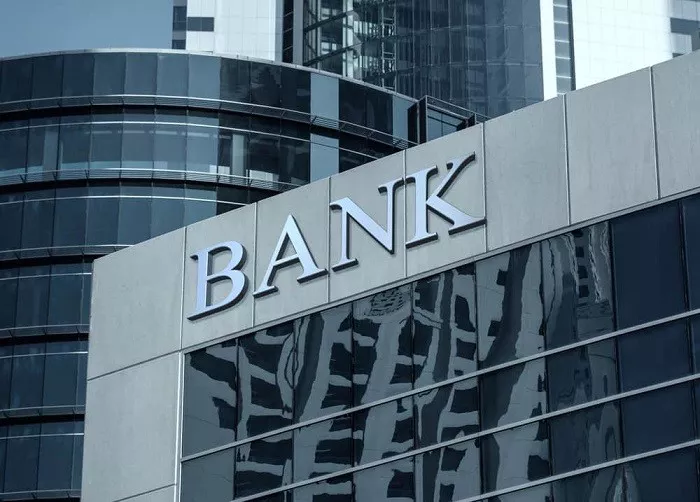The Bank of Japan (BOJ) could eventually raise its interest rates to 1%, creating upward pressure on yields in the world’s second-largest government bond market, according to Arif Husain, Chief Investment Officer of Fixed Income at T. Rowe Price. Husain expressed his medium-term expectation that the BOJ will aim for a 1% rate, encouraged by recent wage discussions, which provide cover for such a move.
To position for this potential rate hike, Husain advocates for flattener trades—strategies that benefit if shorter-maturity bond yields rise faster than longer-dated ones. Recent market activity and central bank signals support this view, with swaps traders pricing in a more than 90% chance the BOJ will tighten its policy twice by the end of the year.
In the short term, markets anticipate a quarter-point rate hike at the conclusion of the BOJ’s two-day meeting on Friday, which Husain sees as a near certainty. This would mark another step toward policy normalization in Japan, even as traders remain uncertain about the policy directions of central banks in the U.S. and Europe.
Japan’s benchmark 10-year bond yield rose to 1.255% last week, its highest level since 2011. The BOJ’s current policy rate is 0.25%, after it ended its ultra-loose monetary easing policy last year and raised rates twice.
Husain remarked that the BOJ would continue its gradual pace of rate hikes, emphasizing that if domestic data supports it, the central bank could move more quickly.
Yen Outlook
Husain, a seasoned market expert with nearly three decades of experience, warned of the potential consequences of rising Japanese rates back in June 2023 when the yen was trading around 140 per dollar. Since then, the yen weakened to as low as 161.95 per dollar in July but has since stabilized around the 156 level.
He and his team outperformed consensus predictions in 2022 when the T. Rowe Price Dynamic Global Bond Fund managed to post gains despite the Federal Reserve aggressively raising interest rates to combat inflation.
Husain noted that while the yen is still favored as a currency to sell due to Japan’s interest rate gap with the U.S., it could appreciate to multi-year highs if a global shock triggers a rush for safe-haven assets. He suggested that the yen could potentially strengthen to levels as low as 120 or 130 per dollar under such a scenario. However, he emphasized that this would likely be a “flight-to-quality” event, not a result of fundamental changes in Japan’s policy. The last time the dollar-yen traded below 130 was in March 2023.
Related topics:
Asian Markets Gain as Trump-Xi Talks Raise Hopes for Eased Tensions
Thailand Seeks New Central Bank Governor Amid Economic Dispute
Billionaire Wealth Soars, Oxfam Warns of Rising Inequality Ahead of Davos


